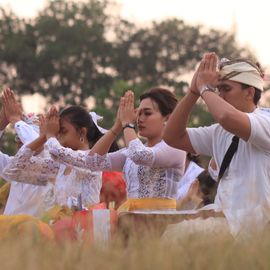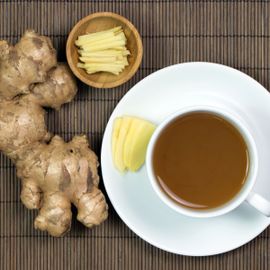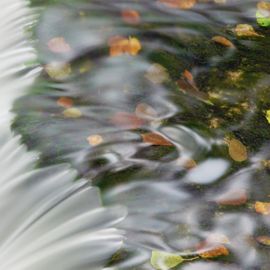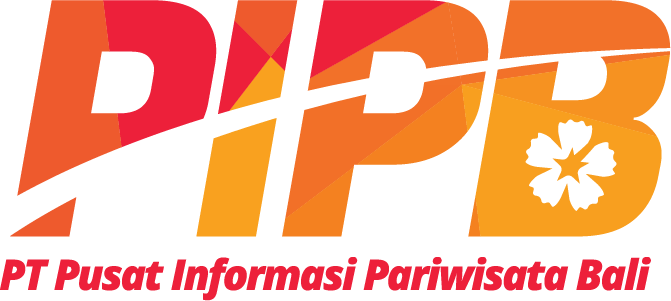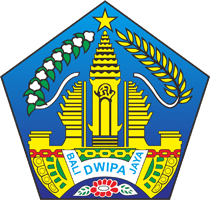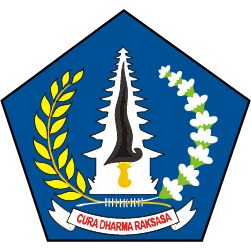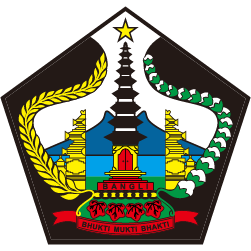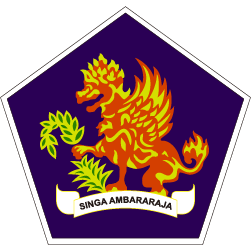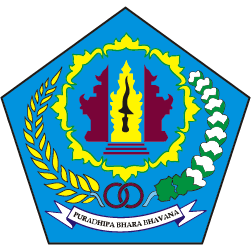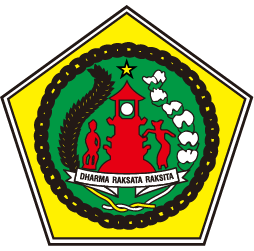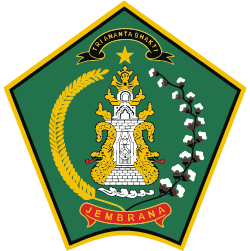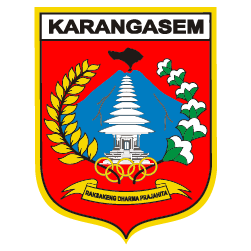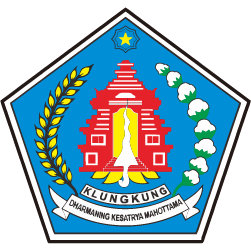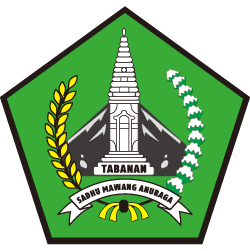Recognize 5 Types Of Balinese Fabrics That Closed To The Tradition
Recognize 5 Types Of Balinese Fabrics That Closed To The Tradition.
The motif in the cloth has its own meaning. Aside from being an expression of culture, belief, and history, cloth also shows technology in arranging fabric fibers. Indirectly, this describes the intelligence and skills in compiling it.
Endek woven was briefly reviewed at Visit Bali. In addition to endek weaving which is the cultural identity of the Balinese people, there are 5 other types of Balinese fabrics that are closely related to the culture and daily traditions of the surrounding community. This below a brief review of fabrics type and its meaning in Bali tradition
Prada Fabric
If you've seen the ballet while in Bali, of course you've seen how the characters in the ballet include the costumes they wear. Prada cloth, one of the gold-colored costumes and is usually worn for tied skirt.
The basic material is plain cloth, can also be woven endek. Its coloring by manual painting with floral and fauna motifs inked in gold. Prada cloth is not used for daily activities, but used for worship costumes and traditional performances, both sacred and entertainment.
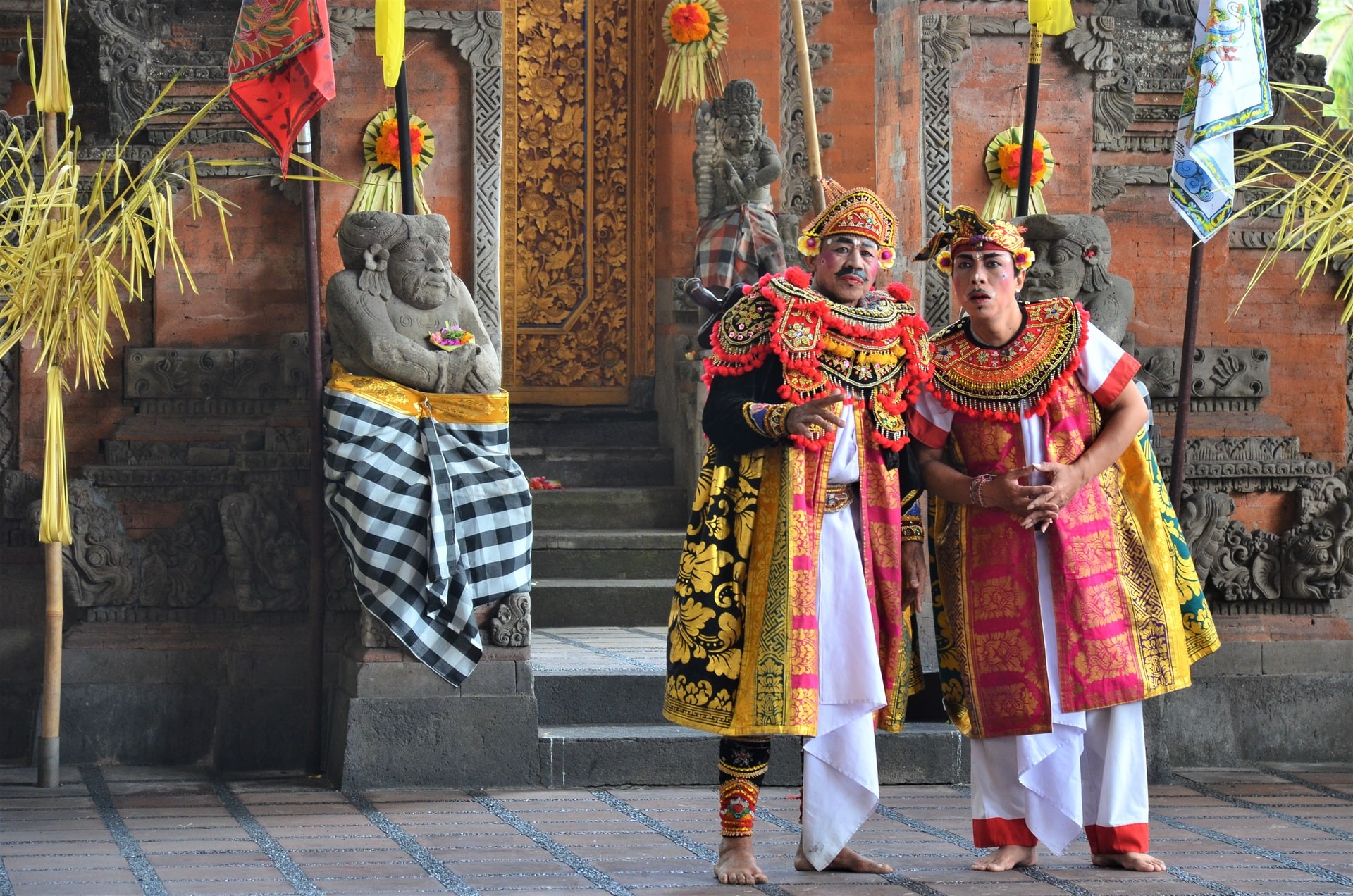
Gringsing Fabric
Tenganan Pegringsingan Village is familiar, because it is included in the 50 best tourist village destinations in the archipelago. If you look closely, the gringsing fabric is made with a double tie technique with a manual wood loom. This skillful technology can only be made by ancient tribes in Bali Aga and taught from generation to generation.
The fabric fibers are made from single-seeded cotton and the raw material is mostly found in Nusa Penida, Klungkung. The cotton fiber has been spun into yarn and then soaked in natural coloring, that is candlenut oil to produce white color, talum leaves for black, and noni skin for red.
The origin of the word, gring means ‘sick’ and sing means ‘no’. Gringsing cloth has a meaning as a cloth to reject reinforcements or dispel pain. Basically, gringsing cloth consists of 3 color compositions that symbolize the Trimurti concept in Balinese Hinduism.
Bebali Cloth
Each region in Bali, calls bebali cloth by different names. In northern Bali, the bebali cloth is called wangsul, while in the eastern part it is called gedogan.
Bebali cloth is made with a special tool, known as cag-cag woven tools. In the manufacturing process was not arbitrary. Because the weft weaving process requires patience and perseverance.
There are various motifs of bebali cloth, but they are generally used in religious ceremonies only. The motifs and colors are varied, ranging from flora, fauna, geometric, human activities, and abstract forms.
Cepuk Cloth
The cepuk cloth has a red base color, the motifs vary according to when the cloth is used. Threads to make motifs are also made based on symbols of spirituality. Like the yellow color symbolizes the west of Mahadewa god. The coloring process is also taken from the natural ingredients, for example a mixture of turmeric, orange juice, and skin of watermelon fruit for the yellow color.
Kling cloth
Kling cloth is used on special occasions. Generally used during tooth cutting ceremonies. The cloth motifs seem very magical, because they are not in the form of definite objects but rather high artistic symbols.
If you are interested in Balinese fabrics, in addition to the five types of fabrics above plus endek woven fabrics, there are rang-rang woven fabrics with zig-zag motifs and striking colors.




